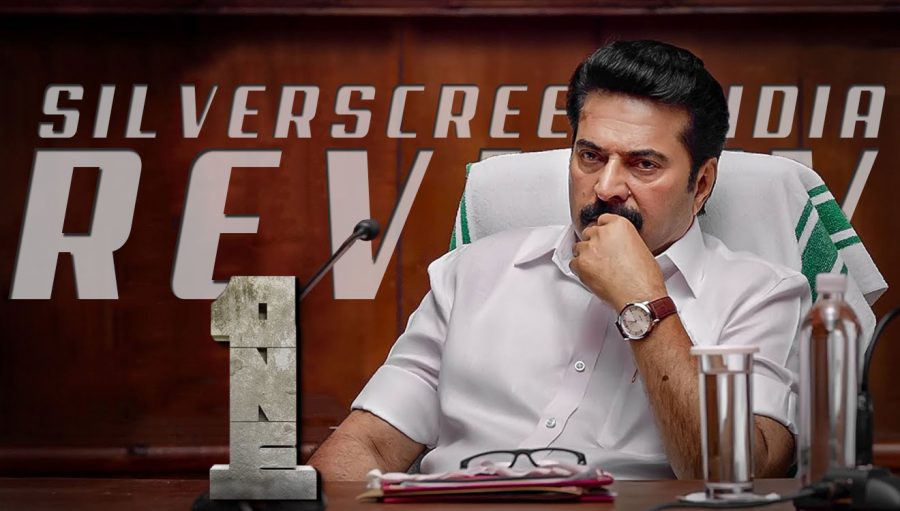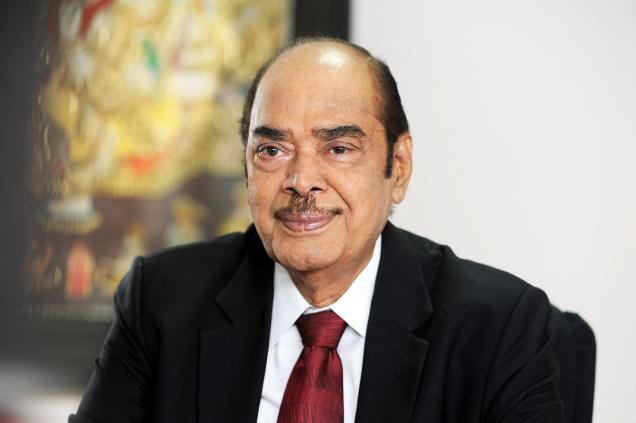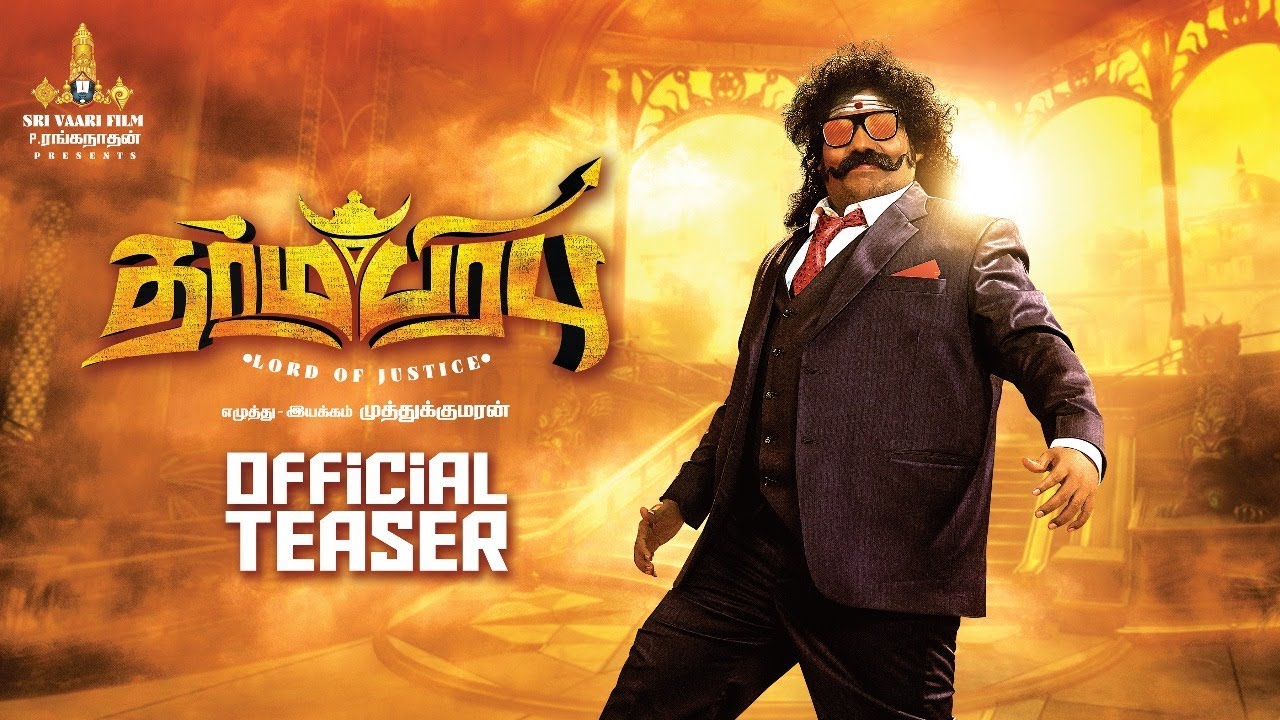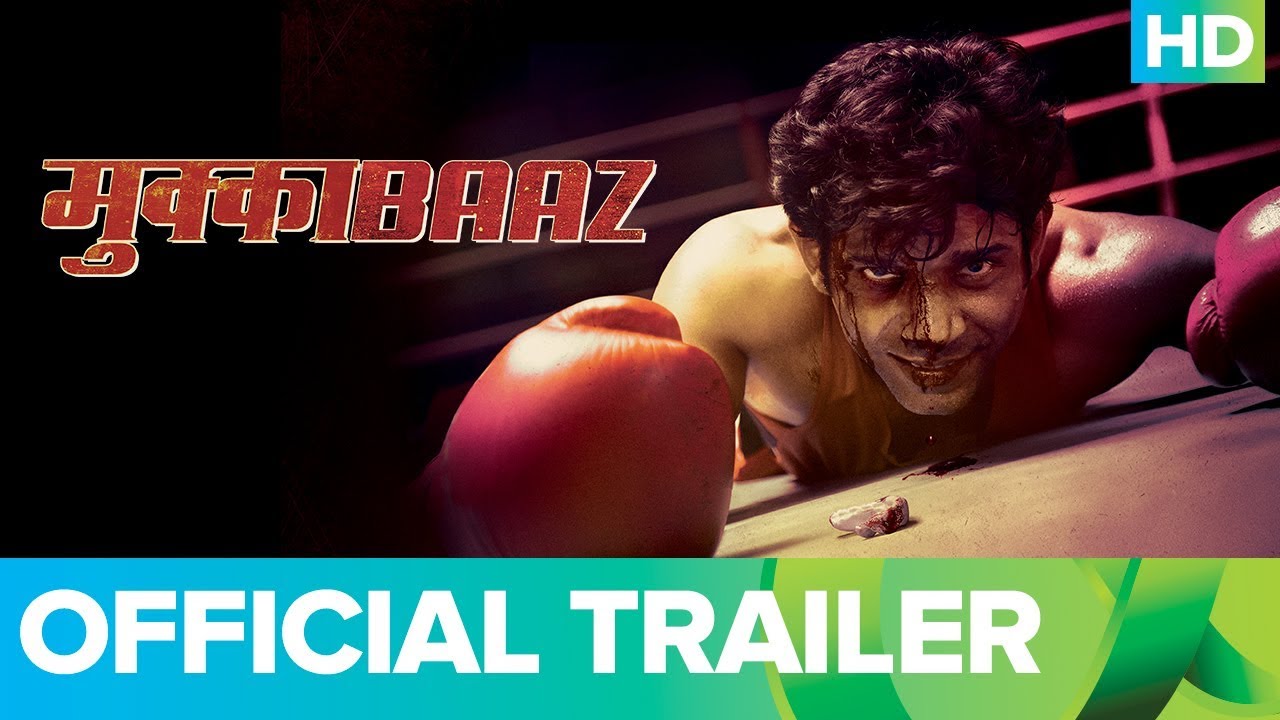One, starring Malayalam superstar Mammootty and directed by Santhosh Viswanath, opens with a shot of a giant cut-out of Kadakkal Chandran (Mammootty), towering above Thiruvananthapuram, surveilling every movement of his people like an old patriarch. He is the state’s chief minister, the son of a barber and a loyal left-wing party worker for decades, an oddball in a political space teeming with corrupt men.
Even before he appears on the screen and before the narrative provides the audience with a comprehensive picture, the viewer might feel that they are familiar with Chandran. Viswanath and his writers Bobby and Sanjay create this illusion of familiarity by drawing heavily on the public persona of Mammootty and Kerala’s Chief Minister Pinarayi Vijayan.
In the film’s opening sequence, Chandran is referred to as a redoubtable man who keeps a tight rein on every state institution. His opponents mock him for his caste identity. Several people describe him as a single-minded individual who wouldn’t do anything he doesn’t want to do.
The audience is also privy to the fact that he, in private, is a gentle human being who watches out for the people around him. To those who are familiar with Malayalam pop culture, this is a common real-life trope that makes up the public image of Mammootty, the superstar.
To sit through One, the viewer has to give in to the cynical view that politics is essentially a corrupt and amoralist enterprise. But the film isn’t a Vellimoonga that asks the audience to laugh at the politicians and the cycle of corruption they perpetuate. Everything is starkly black and white in One. Chandran is perfection. A leader too good to be true. His fellow politicians are the bribe-taking unscrupulous kind. The toughest battles Chandran has to fight aren’t against nature or outside forces but his party members and the opposition party leaders.
The narrative is informally divided into brief episodes. Chandran solves the grievances that come to him and overcomes the challenges to his position. Viswanath and his writers choose sentimentalism over an objective perspective of the procedural part of state administration. You see several vignettes from the chief minister’s life. Chandran riding on a public bus to confront the hooligans on a hartal day. Chandran taking an auto-rickshaw to reach the venue of a college anniversary day celebration. Chandran backing a top vigilance officer in his mission to arrest a corrupt minister in his cabinet. Chandran sharing a packet of roasted groundnuts with a college-goer. This might be the lengthiest election campaign video Kerala has ever seen.
This utopian characterisation often blurs the line between a drama and a spoof. In his introductory scene, the chief minister is presented like an aristocratic figure, completely in disagreement with the concept of democracy. When a young woman (Gayathri Arun), the sister of a young boy the chief minister is fond of, is arrested by the cops on false charges, Chandran and his entourage storm into the station and saves the girl, like that old djinn who comes to the rescue of his buddies when they remember him.
Like many mainstream political and social dramas, One assumes that the general public is a unidimensional entity with a perfect moral compass. An unreliable television news channel survey is projected as an all-encompassing “voice of the public”. When Chandran makes a moving appeal at the state assembly to pass a questionable bill, the politicians sneer at him. But the public, assembled in the overhead visitors’ gallery, applaud and mark their admiration for Chandran.
But is the electorate as simplistic or righteous as Viswanath depicts it? In a society that is divided into countless bands, legislators aren’t chosen exclusively for their adherence to ethics or their work. Not always are good deeds applauded, rightly interpreted or acknowledged thanks to this complex nature of society. Writers Sanjay and Bobby have repeatedly spread this fallacy in their scripts, using public opinion as a revolutionary tool that solves complex problems.
The film’s biggest strength is its remarkable supporting cast, an interesting mix that includes Joju George, Jagadeesh, Nimisha Sajayan and debutante Ishaani Krishna. Several prominent faces, like veteran actor Madhu and KTS Padannayil, make cameo appearances. Although none of them gets unforgettable moments in the narrative, the actors add a lot of elegance to the film.
Recommended
It is easy to see why Mammootty is a superstar who stood the test of time. He effortlessly surpasses the limitations of mediocre writing by recognising the old-fashioned mass hero qualities of Chandran. The actor possesses masterly control over his body language. In the scene where he realises that a neurological disorder has recurred, he barely moves. As he stands on the corridor, trying to gain a grip over his memory, nearly invisible strains of anxiety flashes on his face. In a film that gradually disintegrates in its self-righteousness, Mammootty manages to create a delicate memorable moment. The sole reason to invest time in this movie.
*****
The One review is a Silverscreen original article. It was not paid for or commissioned by anyone associated with the film. Silverscreenindia.com and its writers do not have any commercial relationship with movies that are reviewed on the site.



